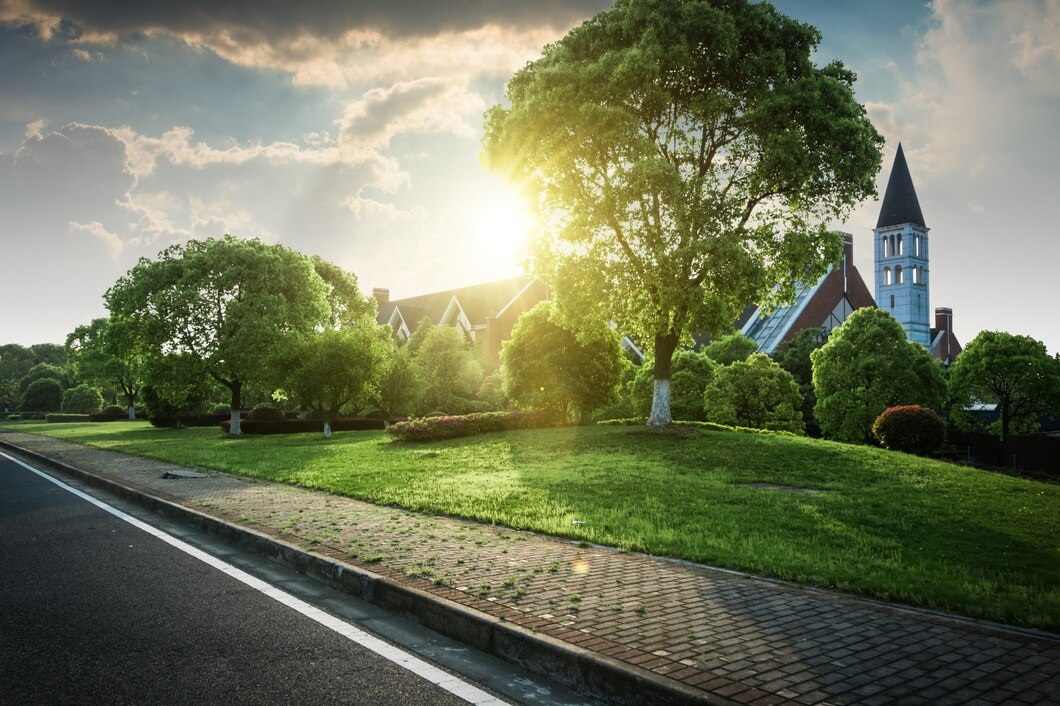Introduction
In recent years, there has been a notable resurgence of interest in suburban living across North America. Once considered the domain of families seeking spacious yards and quiet streets, suburban neighborhoods are experiencing a revival, attracting a diverse range of residents seeking a balance between urban amenities and suburban tranquility. In this blog post, we’ll explore the factors driving this suburban revival, the appeal of suburban neighborhoods, and the trends reshaping the suburban landscape across the continent.
Factors Driving Suburban Revival
Several factors contribute to the resurgence of suburban living:
- Affordability: Rising urban housing costs have led many individuals and families to seek more affordable housing options in suburban areas.
- Work-from-Home Trends: The widespread adoption of remote work has reduced the importance of living close to urban centers, allowing individuals to prioritize space and quality of life over proximity to the office.
- Desire for Space: Suburban neighborhoods offer larger homes, yards, and green spaces compared to their urban counterparts, appealing to families, pet owners, and outdoor enthusiasts.
- Community and Lifestyle: Suburban communities often boast strong sense of community, excellent schools, and family-friendly amenities, making them attractive to those seeking a more relaxed and family-oriented lifestyle.
The Appeal of Suburban Neighborhoods
Suburban neighborhoods offer a range of benefits that appeal to a diverse array of residents:
- Space and Privacy: Suburban homes typically offer more square footage and larger yards, providing residents with greater privacy and room to spread out.
- Safety and Security: Suburban neighborhoods are often perceived as safer than urban areas, with lower crime rates and a greater sense of security among residents.
- Quality of Life: Access to green spaces, parks, and recreational facilities contributes to a higher quality of life in suburban neighborhoods, promoting health and well-being.
- Family-Friendly Amenities: Many suburban communities offer excellent schools, family-friendly activities, and recreational opportunities tailored to the needs of families with children.
Trends Reshaping the Suburban Landscape
Several trends are reshaping the suburban landscape and driving innovation in suburban development:
- Mixed-Use Developments: New suburban developments incorporate mixed-use zoning, combining residential, commercial, and recreational spaces to create vibrant, walkable communities.
- Transit-Oriented Development: Transit-oriented developments are emerging in suburban areas, offering residents convenient access to public transportation and reducing dependence on cars.
- Urbanization of Suburbs: Some suburbs are adopting urban-like amenities such as shopping districts, entertainment venues, and cultural institutions, blurring the line between city and suburb.
- Sustainable Design: Suburban developments are increasingly embracing sustainable design principles, incorporating green building practices, renewable energy technologies, and conservation initiatives.
Conclusion
The resurgence of suburban living reflects shifting priorities and evolving lifestyles across North America. As individuals and families seek a better balance between work, home, and community, suburban neighborhoods offer an appealing alternative to traditional urban living. By embracing innovation, sustainability, and community engagement, suburban communities are poised to thrive in the years to come, providing residents with the space, amenities, and quality of life they desire.





